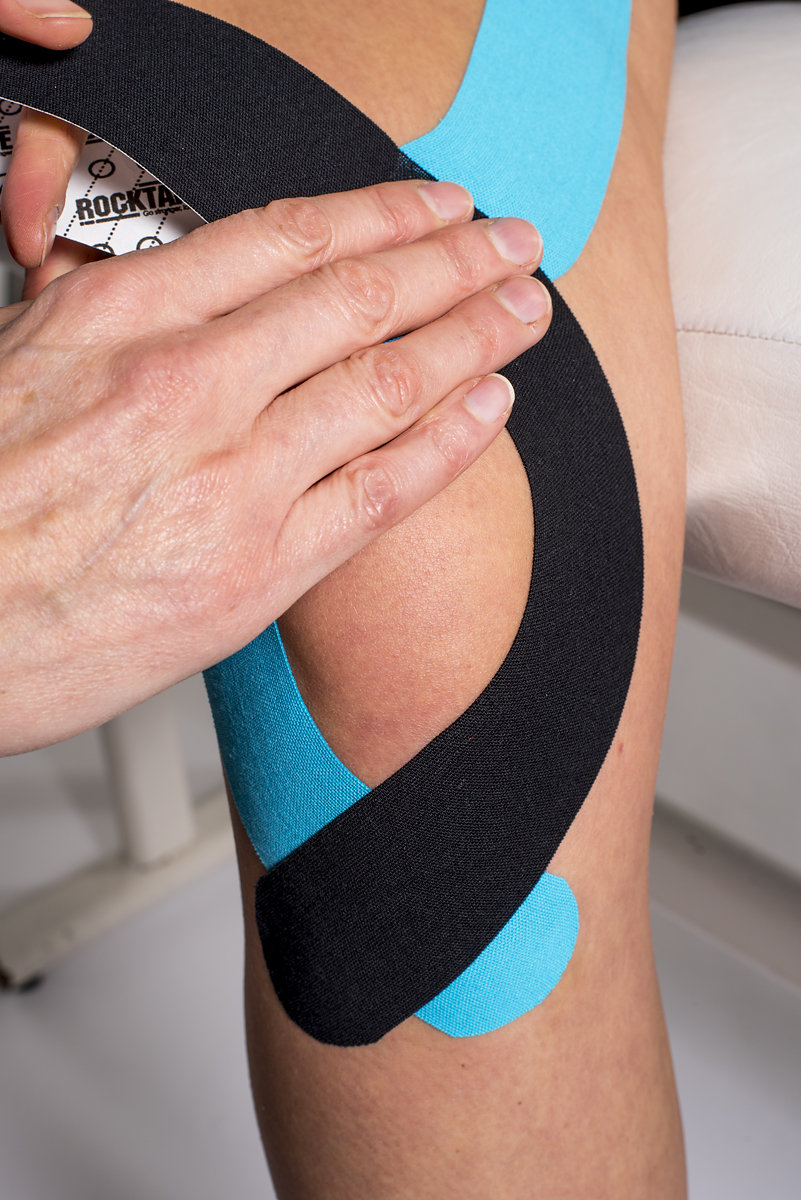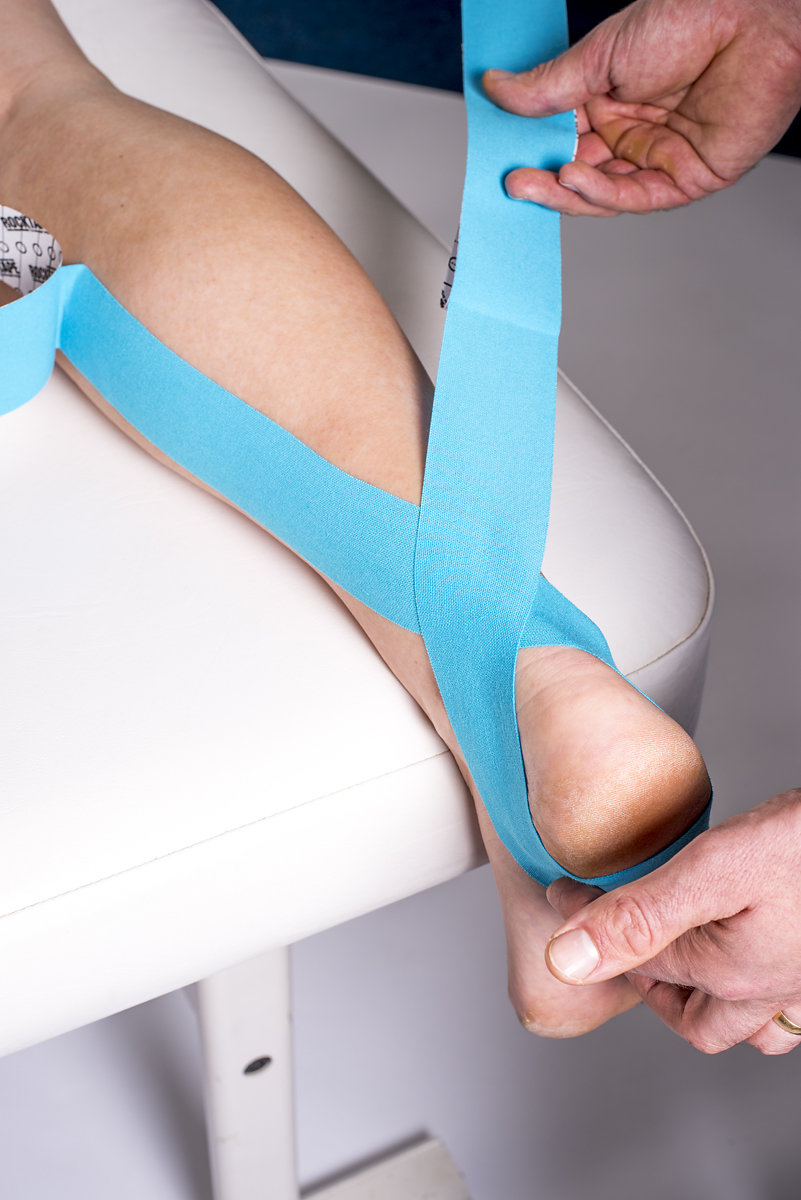Is taping a passive or active intervention?
By Malcolm | 28th May 2018 |
Therapist members of Sportsinjuryfix.com now get up to 50% off RockTape. Given the polarised views on Kinesiololgy Tape we asked Daniel Lawrence, RockTape's Education Director, to give his thoughts on whether taping was an active or passive intervention.
Is taping a passive or active intervention? By Daniel Lawrence RockTape Education Director
Kinesiology taping (KTape) has been around for some time now and has endured beyond fad status, however,practising it still has the power to divide a room. KTape has its fervent advocates and some credible detractors, in my opinion both sides make some valid arguments but all too often both sides succumb to the comforting opinions of social media ‘confirmation bias’ groups. That is to suggest we naturally seek and communicate with people who think like us or agree with us – why wouldn’t we!

So back to the title question – passive or active?
An active intervention is one, which requires the patient to practise a skill or do something health promoting. It doesn’t have to be practisingmindfulness would be considered active and a form of self-management.
A passive intervention sees the patient merely receiving a treatment such as a massage or manipulation or perhaps receiving a leaflet with some back pain messages and stickman exercises. The exercises are not active until the patient actually does them!
So where does tape fit in?
Well if you just stick some tape on old Mr Jones Osteoarthritis knee and tell him a recent RCT research paper supports its use for old knees (Anandkumar et al 2014) then send him off until his next appointment then this is clearly ‘passive’ and neglects so many other important treatment and rehabilitation strategies. I always remember hearing a story on a RockTape course of a patient with severe sciatic pain who just received taping on the lower back and no further help, of course, I don’t know the full details of the case but taping in isolation and as a single modality is rarely the best option. This statement would hold true for most modalities.
believe taping should at the very least be a short-term passive intervention that is timed to immediately enhance an active intervention. For example, Low back taping that encourages people to be more active and move their spine through increased ranges of movement, increasing longer-term mobility and reducing movement anxiety. Another example is posture taping of the shoulder girdle to kinaesthetically initiate an improved postural awareness that will hopefully endure as part of a home exercise plan. A passive Launchpad for a more active approach.
 Self-taping is also an option many therapists teach their patients, specifically of the knee and Achilles tendon. This could encourage an unnecessary reliance on tape… the mythical ‘tape addiction’! On balance, though if this makes the difference between activity participation and non-participation then the overall outcome is positive, assuming the patient shouldn’t be resting – there is always a ying to the yang.
Self-taping is also an option many therapists teach their patients, specifically of the knee and Achilles tendon. This could encourage an unnecessary reliance on tape… the mythical ‘tape addiction’! On balance, though if this makes the difference between activity participation and non-participation then the overall outcome is positive, assuming the patient shouldn’t be resting – there is always a ying to the yang.
Finally, in practise (an NHS GP village clinic for me) I have many positive reports from taping interventions and also some less positive or neutral feedback. The reality is it remains a very versatile intervention that blends in with so many different rehabilitation plans and functional goals.
As the RockTape Education director you would expect me to be bias but as a MCSP Physio I am required to consider evidence and best practise and as a ‘coal face’ practitioner I get the real life feedback from the end users.
If you’re interested in taping research then the latest research review by RockTape is here.If you’re looking for a good therapist to provide advice and/or treatment then use sportsinjuryfix.com, a very useful resource which is why we've partnered with them.
If you're looking for some application examples then the RockTapeYou Tube channelhas lots of helpful videos.
Therapist members of Sportsinjuryfix.com now get up to 50% off RockTape. See the Links & Offers section on your dashboard.
